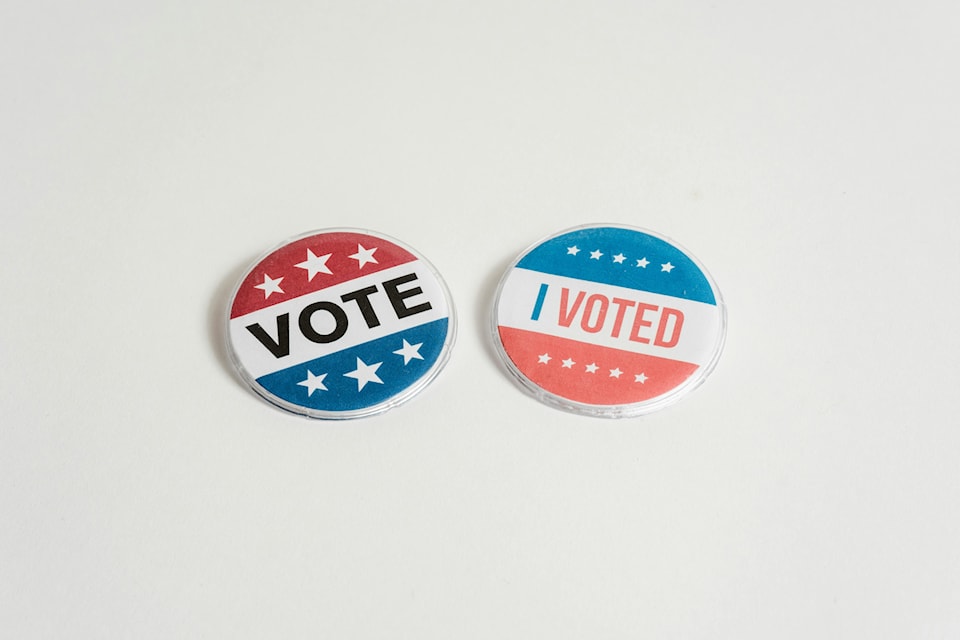As the U.S. election approaches, so do questions about its unique voting system.
The U.S. uses what is called the Electoral College to decide their election. In this system, each state is given a certain number of electoral votes based on the state’s population. For example, California is the largest state in the U.S. by population, so it gets 54 electoral votes in the 2024 election.
Meanwhile, a state like Wyoming receives just three electoral votes.
Across all 50 states plus D.C., there are 538 total electoral votes to be won in the U.S., meaning whichever candidate gets to 270 electoral votes is the president.
In comparison, Canada uses a first-past-the-post voting system and has 338 different separated roughly by population.
Each riding votes for their Member of Parliament (MP), and the party who finishes the election with the most MPs wins and gets to elect the new Prime Minister.
A big difference between the two electoral systems is who the people cast ballots for. In the U.S., people vote for the president on the ticket, which goes towards a slate of electors certifying the results, while Canadians will vote for their MP. Americans vote for their representatives in the House of Representatives or the Senate separately.
Also, the U.S. presidential election is set every four years, on the first Tuesday of November. Canadian elections usually also have a fixed election every four or five years, but there are mechanisms to call an election before the four years are up, such as the 2021 federal election. U.S. presidents can serve a maximum of two terms as presidents. In Canada, there is no set limit for how long a Prime Minister can serve.


.png;w=120;h=80;mode=crop)
